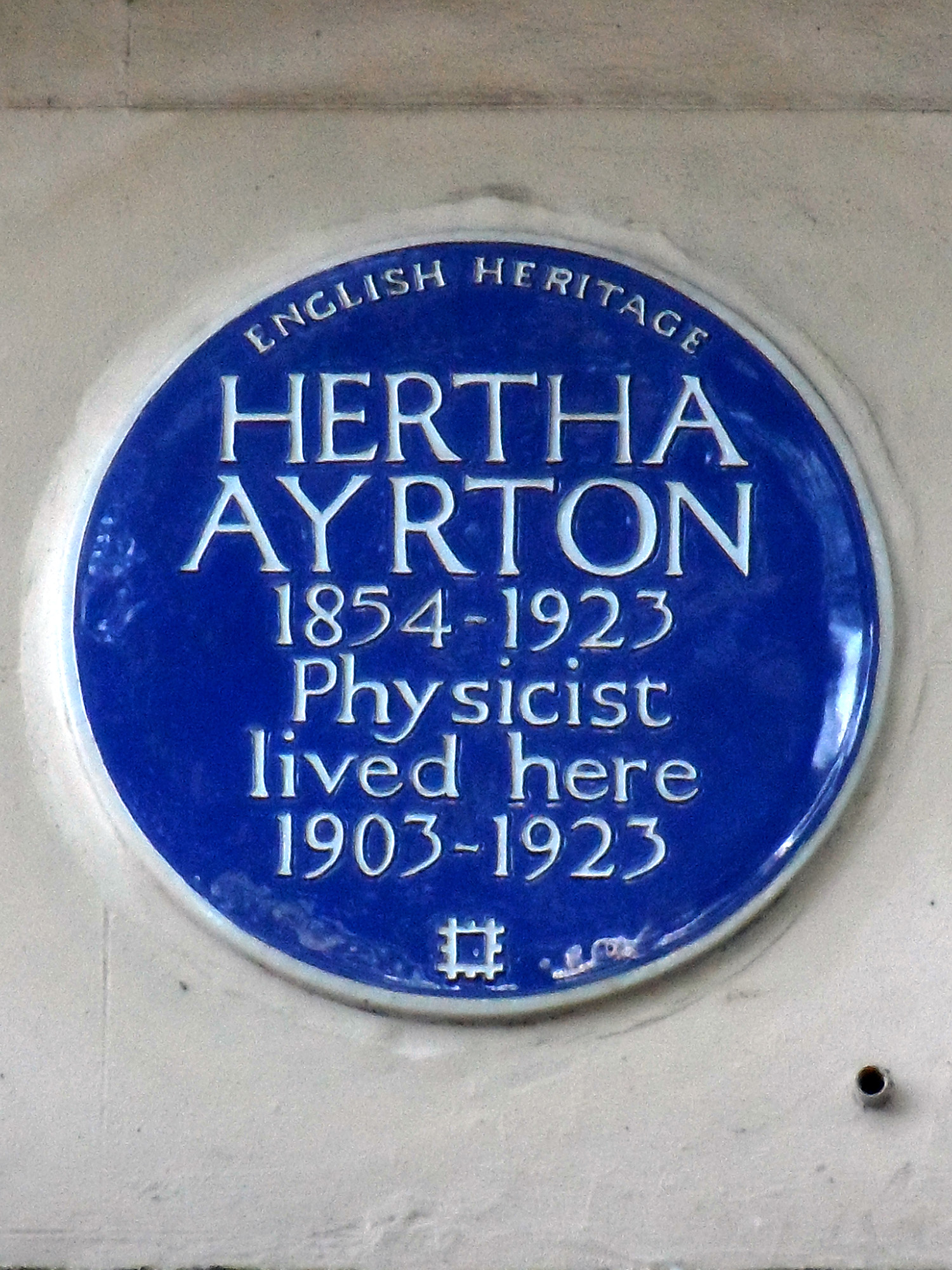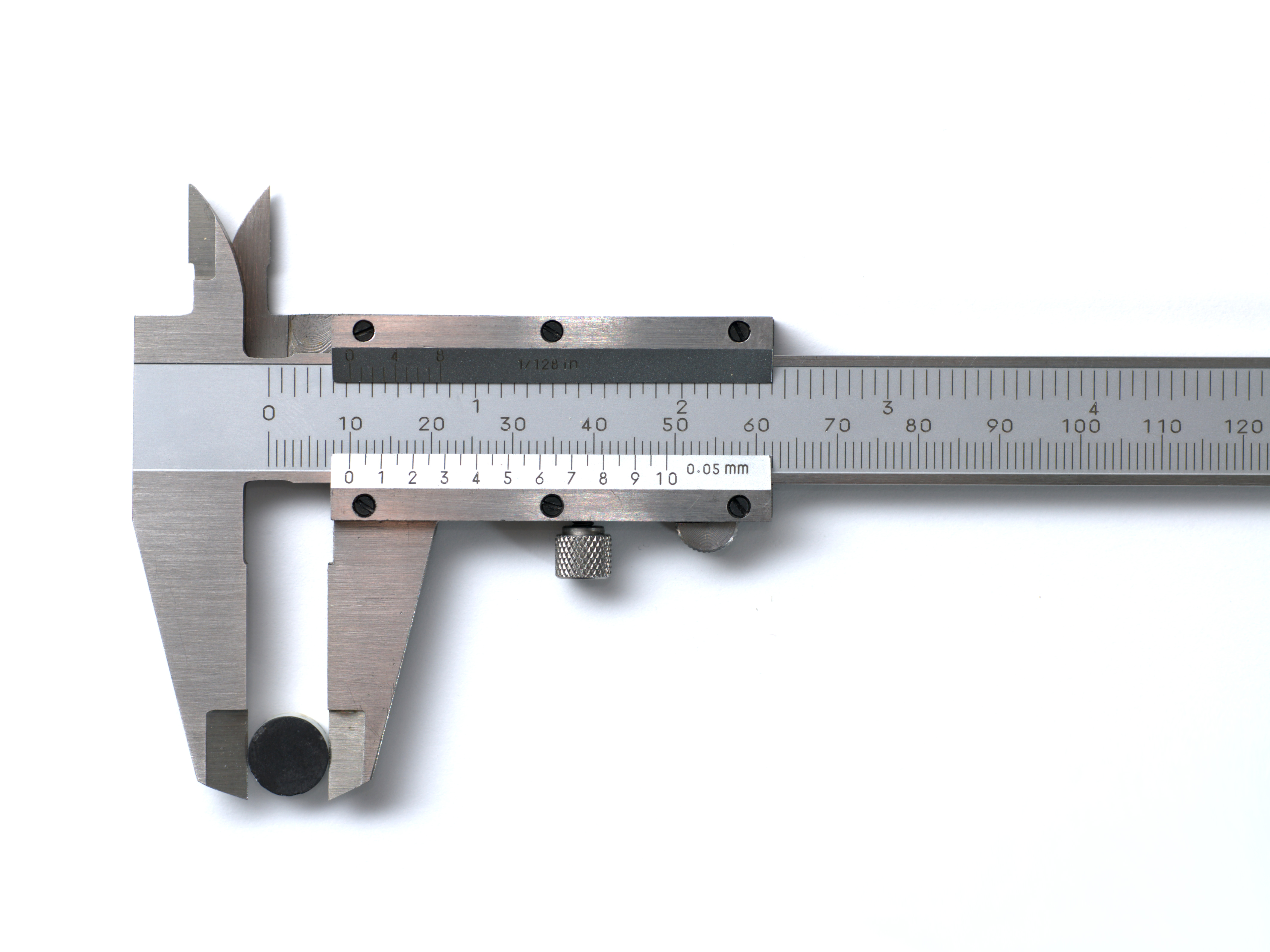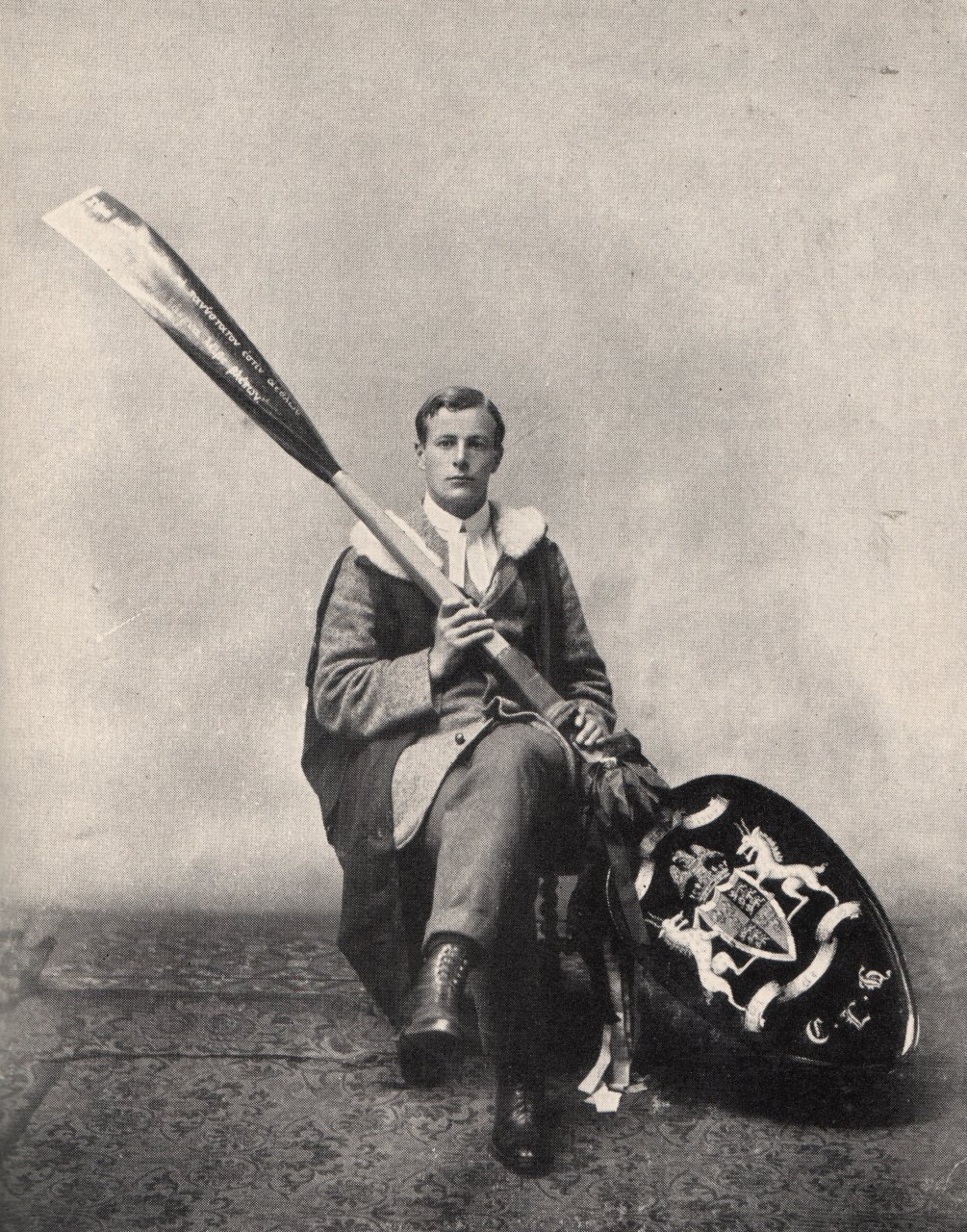|
Hertha Ayrton
Phoebe Sarah Hertha Ayrton (28 April 1854 – 26 August 1923) was a British engineer, mathematician, physicist and inventor, and suffragette. Known in adult life as Hertha Ayrton, born Phoebe Sarah Marks, she was awarded the Hughes Medal by the Royal Society for her work on electric arcs and ripple marks in sand and water. Early life and education Hertha Ayrton was born Phoebe Sarah Marks in Portsea, Hampshire, England, on 28 April 1854. In her youth she went by the name Sarah. She was the third child of a Polish Jewish watchmaker named Levi Marks, an immigrant from Tsarist Poland; and Alice Theresa Moss, a seamstress, the daughter of Joseph Moss, a glass merchant of Portsea. Her father died in 1861, leaving Sarah's mother with seven children and an eighth expected. Sarah then took up some of the responsibility for caring for the younger children. At the age of nine, Sarah was invited by her aunts, who ran a school in northwest London, to live with her cousins and be educated ... [...More Info...] [...Related Items...] OR: [Wikipedia] [Google] [Baidu] |
Portsea, Portsmouth
Portsea Island is a flat and low-lying natural island in area, just off the southern coast of Hampshire in England. Portsea Island contains the majority of the city of Portsmouth. Portsea Island has the third-largest population of all the islands in the British Isles after the mainlands of Great Britain and Ireland; it also has the highest population density of any British Isle, and Portsmouth has the highest population density of any city in the UK outside of London. To the east of Portsea Island lies Hayling Island, separated by Langstone Harbour. To the west is the peninsular mainland town of Gosport, separated by Portsmouth Harbour. To the south, it faces into the Spithead area of the wider Solent. A narrow tidal channel along the northern edge of Portsea Island, known as Portsbridge Creek, separates Portsea Island from the mainland. Three roads connect Portsea Island to the mainland road network; the M275 motorway, the A3 London Road (split on two separate br ... [...More Info...] [...Related Items...] OR: [Wikipedia] [Google] [Baidu] |
Harley Street
Harley Street is a street in Marylebone, Central London, which has, since the 19th century housed a large number of private specialists in medicine and surgery. It was named after Edward Harley, 2nd Earl of Oxford and Earl Mortimer."Harley Street" in Overview Since the 19th century, the number of doctors, hospitals, and medical organisations in and around Harley Street has greatly increased. Records show that there were around 20 doctors in 1860, 80 by 1900, and almost 200 by 1914. When the was established in 1948, there were around 1,500. Today, there are more than 3,000 people employed in the Harley Street area, in clinics, me ...[...More Info...] [...Related Items...] OR: [Wikipedia] [Google] [Baidu] |
Exhibition Of Women's Industries
The Loan Exhibition of Women's Industries was an exhibition held in Queens Villa, Queen's Road, Bristol which opened on 26 February 1885 and ran until the end of April. It highlighted the work of women, aiming to give them improved representation and encourage others to better appreciate them. 18,000 visitors attended over the course of the exhibition. History Inspired by a previous Bristol exhibition called the Industrial and Fine Art Exhibition the previous year, Helen Blackburn formed a committee to organise an exhibition to encourage "opportunities afforded women for scientific study and technical training" who began contacting local women's societies and employers around the country. These organisations then submitted exhibitions to the committee for approval. Exhibition The exhibition ran from 26 February to the end of April 1885 and was located at the Queen's Villa in the Clifton suburb of Bristol. Only the work of women was exhibited, though several of the 303 exhibitors ... [...More Info...] [...Related Items...] OR: [Wikipedia] [Google] [Baidu] |
Barbara Bodichon
Barbara Leigh Smith Bodichon (born Barbara Leigh Smith; 8 April 1827 – 11 June 1891) was an English educationalist and artist, and a leading mid-19th-century feminist and women's rights activist. She published her influential ''Brief Summary of the Laws of England concerning Women'' in 1854 and the '' English Woman's Journal'' in 1858. Bodichon co-founded Girton College, Cambridge (1869). Her brother was the Arctic explorer Benjamin Leigh Smith. Family and upbringing Barbara Bodichon was the extra-marital child of Anne Longden, a milliner from Alfreton, Derbyshire and a Whig politician, Benjamin "Ben" Leigh Smith (1783–1860), the only son of the Radical abolitionist William Smith. He had four sisters. One, Frances "Fanny" Smith, married William Nightingale (né Shore) and produced a daughter, Florence (the nurse and statistician); another, Joanna Maria, married John Bonham-Carter (1788–1838) MP and founded the Bonham Carter family. Leigh Smith's home was in Marylebone, ... [...More Info...] [...Related Items...] OR: [Wikipedia] [Google] [Baidu] |
Louisa Goldsmid
Lady Louisa Sophia Goldsmid (2 September 1819 – 12 June 1908) was a British philanthropist and education activist who targeted her life at improving education provision for British women. She took a leading role in persuading Cambridge University to create women graduates. Life She was born into a privileged Anglo-Jewish family who were closely related to other Jewish families who organised British Jewry. She continued her community's habit of endogamy by taking her first cousin Francis Henry Goldsmid as her husband. In 1859 she became Lady Louisa Goldsmid when her husband inherited the title of second baronet. She became involved with the Langham Place Circle via her mother-in-law Isabel Goldsmid. With Isabel' daughter Anna Maria Goldsmid this made three Goldsmids who were part of the Langham Place circle. Louisa became the treasurer of the circle and friends with Emily Davies who was the secretary and the major activist of the circle. The circle's aim was to find a way for ... [...More Info...] [...Related Items...] OR: [Wikipedia] [Google] [Baidu] |
Calipers
A caliper (British spelling also calliper, or in plurale tantum sense a pair of calipers) is a device used to measure the dimensions of an object. Many types of calipers permit reading out a measurement on a ruled scale, a dial, or a digital display. Some calipers can be as simple as a compass with inward or outward-facing points, but no scale. The tips of the caliper are adjusted to fit across the points to be measured and the dimension read by measuring between the tips with another measuring tool, such as a ruler. It is used in many fields such as mechanical engineering, metalworking, forestry, woodworking, science and medicine. Plural vs. singular A single tool might be referred to as a "caliper" or as "calipers", like a pair of scissors or glasses (a "plural only" or '' plurale tantum'' form). In colloquial usage, the phrase "pair of verniers" or just " vernier" might refer to a vernier caliper. Colloquially these phrases can also refer to dial calipers, although they ... [...More Info...] [...Related Items...] OR: [Wikipedia] [Google] [Baidu] |
Notting Hill And Ealing High School
Notting Hill and Ealing High School is an independent school for girls aged 4 – 18 in Ealing, London. Founded in 1873, it is one of the 26 schools that make up the Girls' Day School Trust. It has a Junior Department of 310 girls (ages 4–11) and a Senior Department of 600 girls (ages 11–18). The current Headmaster is Mr Matthew Shoults. Ms Bevan is Head of the Junior School. History Since being founded in 1873, the school has changed both its location and its name. When the Girls' Day School Trust, then the Girls' Public Day School Trust, was formed in 1872, it established its first two schools in West London. In January 1873, the Trust opened Chelsea High School (a predecessor of Kensington Preparatory School) to serve the area immediately to the west of the centre of the city and nine months later, Notting Hill High School which was to serve families in the area to the north of Hyde Park. Harriet Morant Jones was the founding head who looked after ten pupils assisted b ... [...More Info...] [...Related Items...] OR: [Wikipedia] [Google] [Baidu] |
Bachelor Of Science
A Bachelor of Science (BS, BSc, SB, or ScB; from the Latin ') is a bachelor's degree awarded for programs that generally last three to five years. The first university to admit a student to the degree of Bachelor of Science was the University of London in 1860. In the United States, the Lawrence Scientific School first conferred the degree in 1851, followed by the University of Michigan in 1855. Nathaniel Southgate Shaler, who was Harvard's Dean of Sciences, wrote in a private letter that "the degree of Bachelor of Science came to be introduced into our system through the influence of Louis Agassiz, who had much to do in shaping the plans of this School." Whether Bachelor of Science or Bachelor of Arts degrees are awarded in particular subjects varies between universities. For example, an economics student may graduate as a Bachelor of Arts in one university but as a Bachelor of Science in another, and occasionally, both options are offered. Some universities follow the Oxfor ... [...More Info...] [...Related Items...] OR: [Wikipedia] [Google] [Baidu] |
Academic Degree
An academic degree is a qualification awarded to students upon successful completion of a course of study in higher education, usually at a college or university. These institutions commonly offer degrees at various levels, usually including undergraduate degrees, master's, and doctorates, often alongside other academic certificates and professional degrees. The most common undergraduate degree is the bachelor's degree, although in some countries there are lower level higher education qualifications that are also titled degrees (e.g. associate degrees and foundation degrees). History Emergence of the doctor's and master's degrees and the licentiate The doctorate (Latin: ''doceo'' "I teach") appeared in medieval Europe as a license to teach (Latin: ''licentia docendi'') at a medieval university. Its roots can be traced to the early church when the term "doctor" referred to the Apostles, church fathers and other Christian authorities who taught and interpreted the Bibl ... [...More Info...] [...Related Items...] OR: [Wikipedia] [Google] [Baidu] |
Mathematical Tripos
The Mathematical Tripos is the mathematics course that is taught in the Faculty of Mathematics at the University of Cambridge. It is the oldest Tripos examined at the University. Origin In its classical nineteenth-century form, the tripos was a distinctive written examination of undergraduate students of the University of Cambridge. Prior to 1824, the Mathematical Tripos was formally known as the "Senate House Examination". From about 1780 to 1909, the "Old Tripos" was distinguished by a number of features, including the publication of an order of merit of successful candidates, and the difficulty of the mathematical problems set for solution. By way of example, in 1854, the Tripos consisted of 16 papers spread over 8 days, totaling 44.5 hours. The total number of questions was 211. The actual marks for the exams were never published, but there is reference to an exam in the 1860s where, out of a total possible mark of 17,000, the senior wrangler achieved 7634, the second wran ... [...More Info...] [...Related Items...] OR: [Wikipedia] [Google] [Baidu] |
Charlotte Scott
Charlotte Angas Scott (8 June 1858 – 10 November 1931) was a British mathematician who made her career in the United States and was influential in the development of American mathematics, including the mathematical education of women. Scott played an important role in Cambridge changing the rules for its famous Mathematical Tripos exam. Early life She was the second of seven children to Caleb Scott, a minister of the Congregational Church, and Eliza Exley Scott. Educated at Girton College, Cambridge from 1876 to 1880 on a scholarship, she was then a Resident Lecturer in Mathematics there until 1884. In 1885 she became one of the first British women to receive a doctorate, and the first British woman to receive a doctorate in mathematics, which she received from the University of London. She did her graduate research under Arthur Cayley at Cambridge University, but since Cambridge did not begin issuing degrees to women until 1948, Scott received her BSc (1882) and D.Sc. (18 ... [...More Info...] [...Related Items...] OR: [Wikipedia] [Google] [Baidu] |
Fire Department
A fire department (American English) or fire brigade (Commonwealth English), also known as a fire authority, fire district, fire and rescue, or fire service in some areas, is an organization that provides fire prevention and fire suppression services. Fire departments are most commonly a public sector organization that operate within a municipality, county, state, nation, or special district. Private and specialist firefighting organizations also exist, such as those for aircraft rescue and firefighting. A fire department contains one or more fire stations within its boundaries, and may be staffed by firefighters, who may be professional, volunteers, conscripts, or on-call. Combination fire departments employ a mix of professional and volunteer firefighters. Organization Fire departments are organized in a system of administration, services, training, and operations; for example: * Administration is responsible for supervision, budgets, policy, and human resources. * Se ... [...More Info...] [...Related Items...] OR: [Wikipedia] [Google] [Baidu] |







